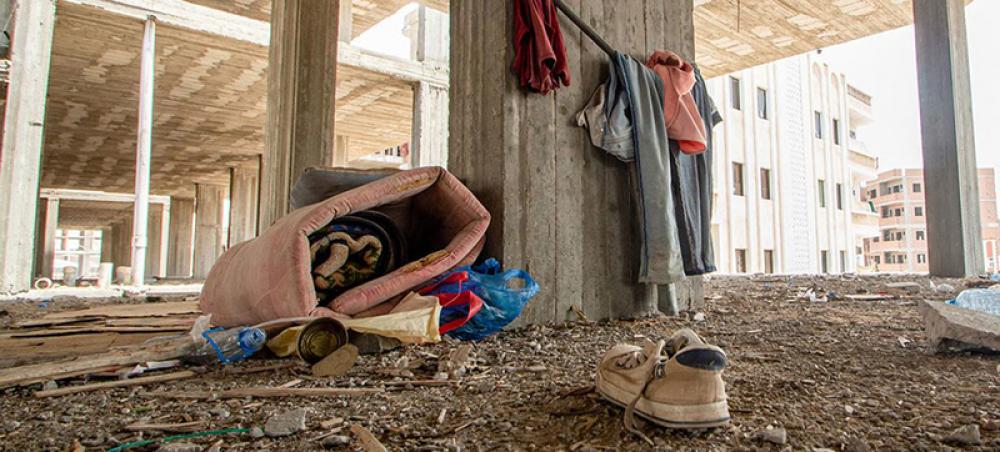Just Earth News | @justearthnews | 01 Jun 2022, 03:00 am Print
 Yemen
Yemen Image: IOM/Rami Ibrahim
New York: With some 27,800 migrants having crossed from the Horn of Africa into war-torn Yemen this year, the UN migration agency, IOM, expressed concern on Tuesday over the safety and well-being of those on the move.
Over the last five months, more people have made the dangerous journey than that of all of last year, according to the International Organization for Migration’s (OIM) Displacement Tracking Matrix (DTM), which cited it as the world’s busiest maritime migration route prior to COVID-19.
“We are increasingly concerned about the safety and well-being of people moving through Yemen,” said Christa Rottensteiner, IOM Yemen’s Chief of Mission.
Long treck
Last year, IOM reported that an estimated 27,700 migrants entered Yemen through the so-called Eastern Route, down from 138,000 in 2019 due to heightened COVID-19 mobility restrictions. Approximately 37,500 made the journey in 2020.
The rise in arrivals is cause for alarm in a country now grappling with its eighth year of conflict.
“Our teams meet migrants every day who have been injured in the conflict or become stranded on their journeys,” said Ms. Rottensteiner.
Danger at every turn
A loosening of COVID-19 mobility restrictions along with more favorable weather conditions and the security situation and drought in Ethiopia – point of origin for most migrants – are among the factors influencing this year’s increase.
Upon arrival, travelers face perilous journeys, with many heading north, en route to Gulf countries in search of work.
They are often forced to journey across local frontlines, at risk of suffering grave human rights violations, such as detention, inhumane conditions, exploitation and forced transfers.
Women and girls are especially vulnerable, often reporting gender-based violence, abuse or exploitation – usually at the hands of traffickers and smugglers.
Gunshot wounds
In the north, IOM's partners and local communities have reported that more than 1,000 migrant children, women and men have been injured or killed by attacks this year alone.
Every month, hundreds are treated for gunshot wounds at an IOM-supported hospital near the border town of Sa’dah.
And approximately 4,500 migrants are stranded in Ma’rib – some 25 kilometres from one of the conflict’s frontlines – unable to continue their journey onward, or return back.
Greater funding needed
Although more than 900 migrants have left Yemen on Voluntary Humanitarian Return (VHR) flights this month, IOM underscored the need for greater funding to help the thousands of others waiting to depart from Aden, Sana’a and Ma’rib.
“One of the main ways we can offer relief and protection is to open more opportunities for migrants who wish to return home to do so, and to provide life-saving assistance and medical aid to those in need,” said Ms. Rottensteiner.
IOM is currently appealing for $7.5 million to support thousands of stranded migrants to voluntarily return from to Ethiopia, through the VHR programme.
“We urgently require greater funding to ease the suffering of more than 190,000 migrants in need of assistance in Yemen,” she added.
And another $9 million is needed to continue with displacement and mobility tracking activities.
“At a time when funding for the Yemen response is on a decline, we must not turn our backs on stranded migrants who are often forgotten in times of crisis,” stressed the IOM official.
- New form of 'religious fascism': Bangladesh students, cultural activists protest arrest of Baul singer for hurting religious sentiments
- NY Mayor-elect Mamdani backs Starbucks strike: 'No Contract, No Coffee'
- Unprecedented housing emergency hits Ukraine — Millions struggle for shelter amid ongoing conflict against Russia
- Israel-Hamas crisis: Nearly every child is showing signs of trauma after years of conflict in Gaza, shows report
- Baloch Martyrs’ Day in Berlin: Activists slam Pakistan, demand ‘Free Balochistan’



-1763561110.jpg)


